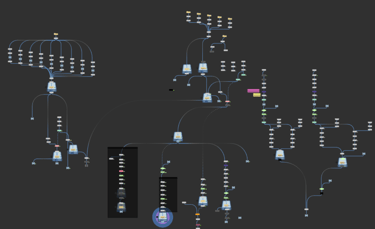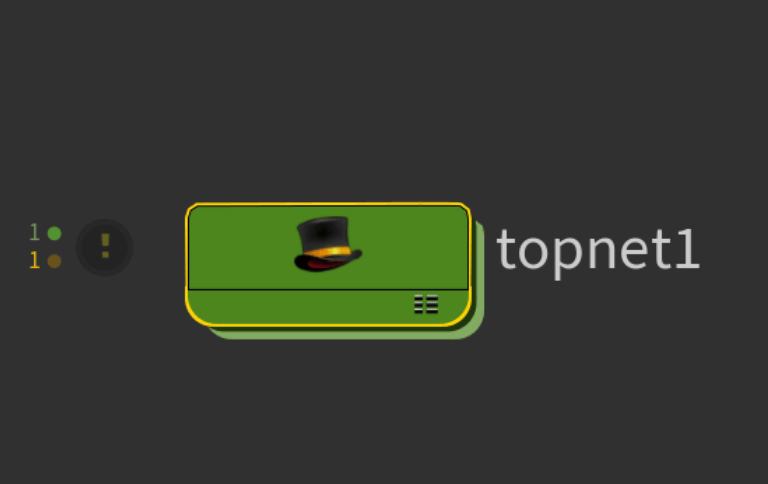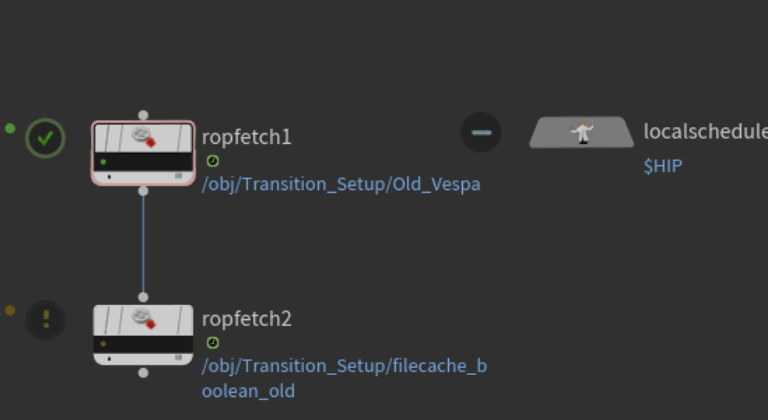The Mill - Week 4
Blog post description.
THE MILL
1/14/20242 min read
Because of the advice from Professor Deborah Fowler, my particle looks so flat like paintings.
I simulated new particles to solve this problem.
As the mentor David suggested, I should let the peeling chips gradually shrink when they fly.
I reset the ''temperature condition'' to achieve it.

Moreover, I have already rendered a pass to our compositor, so she could do some tests at first.
Also, I start to research the wall crack effect it should happen when the Vespa Transition.
This week I try to render the Vespa with texture.

Bonus:
Because I have lots of file cache need to deal with, the waiting time of file cache is really frustrating.


Thanks to our classmate Davis Hardy share the knowledge of TOP Network.
After setting the top network, I could cache multiple file by node by node. It help me save lots of time to do file cache.
Davis Hardy: https://davishardy.com/




We can specify work to be done and how to manipulate the results of that work by building a network of TOP nodes. TOP nodes generate work items to do work and/or store information in attributes. There are several types of TOP nodes, but the two main types are: processors that generate new work items and partitions that create dependencies between items so they wait until all items in the partition finish. A TOP network describes a recipe for generating work items, efficiently running them in processes on a single machine or render farm, and figuring out dependencies so as many items can run in parallel as possible. This recipe is a PDG (Procedural Dependency Graph) that describes the work items to be completed and their dependencies.
